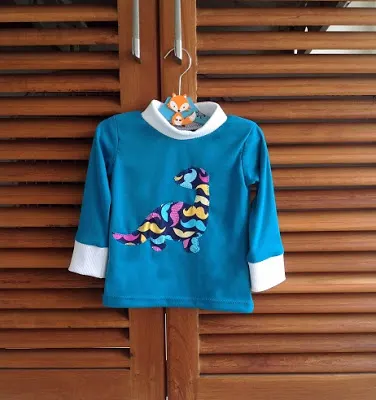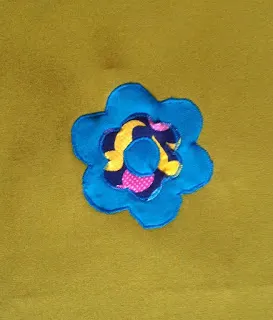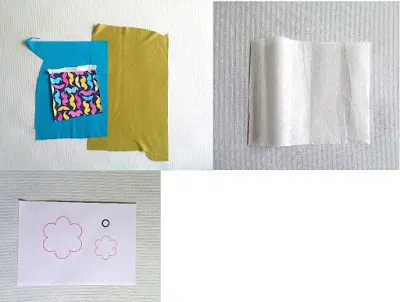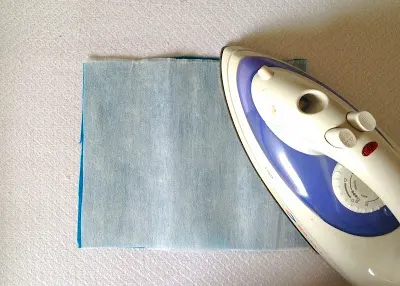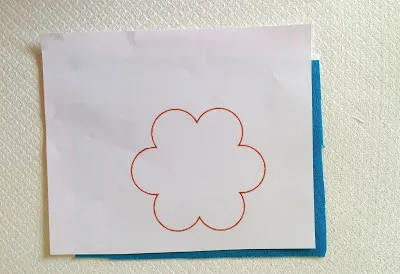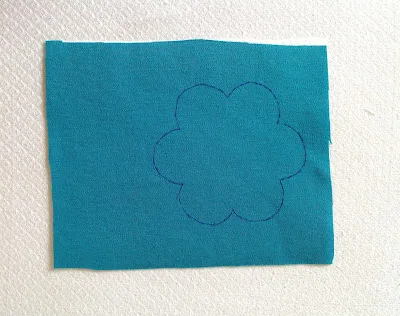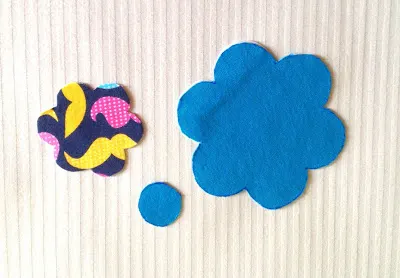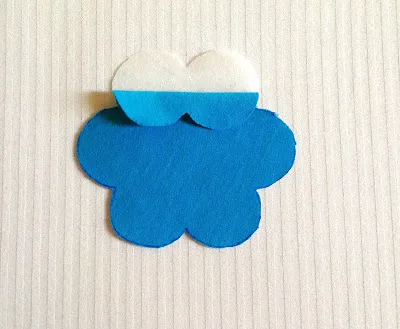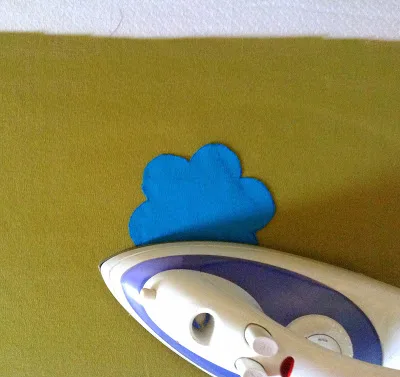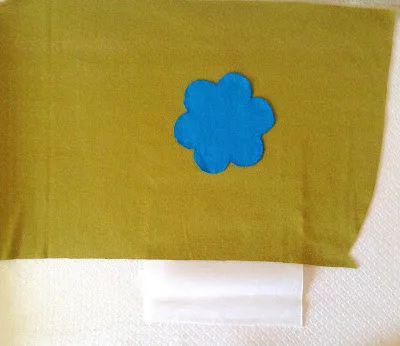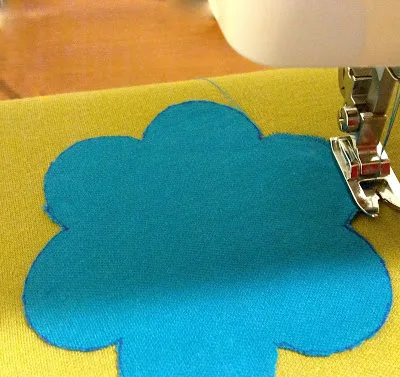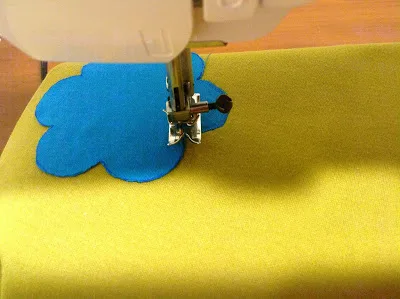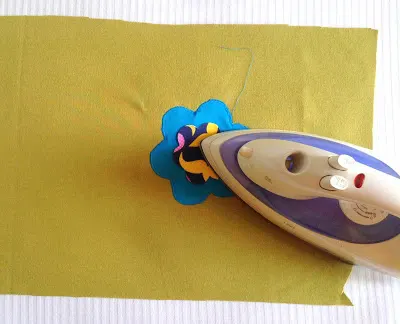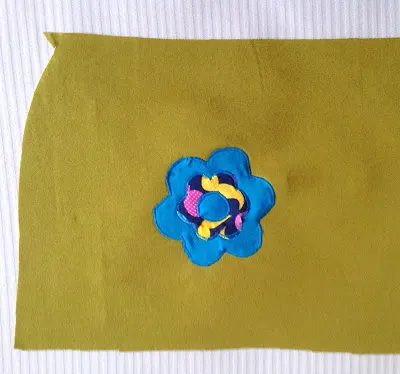We all have those plain, simple and boring garments we don’t like to wear and we put it aside for years. Some of our favorite garments are also rendered unwearable due to some stains or minor damages. But we don’t have to throw it away, there are endless ways to embellish and refurbish them, provided we have the patience and the interest. Embroidery is one way of doing it and is something that I love most. I feel that it would give the garment all the feminine charm it needs. The deterrent factor in embroidery is that it takes time to fill up a large design and is rather time-consuming. One thing that can replace embroidery but still render the extra detail to the garment is applique work. Once you have mastered the art of doing it, you can embellish your garment effortlessly. A few scraps of leftover fabric, a piece of fusible web and of course your sewing machine and you are off to go. A few practices in your old garment would make you the perfect applique work specialist!
The tutorial demonstrates how to applique on knits. Knits tend to be shifty but they do not fray. A few tips on how to applique with knits and the whole process becomes a cakewalk for any beginner!
There are a few tips I would like to share before I start to explain the process:
- While doing applique on knits, choose knits as applique pieces. You will want the applique to stretch along with the garment.
- A ball-point needle is a must while sewing with knits.
- Appliqueing with wovens on a woven the base would be fine.
- While appliqueing, the design is drawn on the wrong side of the fabric. Therefore, make sure to trace the mirror image of your desired design before cutting it out. You can open your design in paint and “flip it horizontally” to get the mirror image.
- Appliques are done by overlapping shapes in different layers. You will have to observe the design, start with
the base layer first and continue sewing one over the other. - Fabric scraps tend to shift while sewing on the machine and so fusible web is a must for doing applique work. It is a paper-backed adhesive with wax coating on one side. The wax melts while heated, enabling the base and the applique fabric to stick together.
- I also recommend using a tear-away or a wash-away stabilizer underneath the base garment to prevent it from shifting.
- Practice on scraps before trying on the actual project.
Materials Required:
- Fabric scraps for applique.
- Your plain garment which needs embellishment.
- A piece of the fusible web like “Wonder Under” or “Heat and Bond”.
- A piece of light-weight tear away or wash away stabilizer
- The preferred design for applique.
- Sewing Notions.
- Your iron box.
I am going to instruct you to sew this flower applique design. You can see that it is done in three layers.
Keep your garment, scraps, fusible web, and your design ready. Here I have chosen a knit scrap as my base piece. You may be doing the applique on your actual garment.
Take the fabric scrap and the fusible web piece, both a little larger than your applique design. Keep the shiny (waxed) side of the fusible web onto the wrong side of the fabric and press.
Trace your desired design onto the paper backing of the fusible web. Note that most applique designs are done by overlapping different shapes. You will have to cut different shapes to complete the project. My design is done by overlapping three layers. So I trace the three designs on three different fabrics.
Cut out the shapes, carefully along the line.
Once done, the pieces would look like this (sample design).
Remove the paper backing. You can see that the wax is now transferred to the wrong side of your applique piece and has rendered it fusible (not clearly visible in this picture).
Next, place the applique design on your base fabric (garment), with the shiny (wax) side down. Use short presses with your iron to adhere the applique onto the garment. You may spread a press cloth over the applique to prevent it from getting burned.
Let’s start sewing.
We need to stabilize the base fabric (garment) to prevent it from shifting. For that, we take a piece of stabilizer slightly larger than our applique design, place it on the wrong side of the base fabric (garment) underneath the applique. Once the stitching is done, you can easily tear it away if it is a tear away stabilizer. We need to sew around the applique design, covering the raw edges. The stitches have to be close and clean. To reduce the space between the stitches, I kept the stitch length to 1 and set the stitch width to 2. You can also use the buttonhole
setting in your machine for appliqueing. Loosen the upper thread tension to more than what is normal, so that the fabric can move easily without stretching.
setting in your machine for appliqueing. Loosen the upper thread tension to more than what is normal, so that the fabric can move easily without stretching.
While stitching, place the applique such that the edge of the applique design is in the middle of the presser foot and the needle goes into the applique fabric on one side and into the base fabric (garment) on the other side. This would cover up the raw edges completely.
Start sewing slowly. While reaching a corner, turn the needle down, raise the presser foot and pivot the fabric such
that the raw edge on the other side is again in the middle of the presser foot. Continue sewing till the starting point is reached and trim the hanging thread.
that the raw edge on the other side is again in the middle of the presser foot. Continue sewing till the starting point is reached and trim the hanging thread.
Take the next applique layer, remove the paper backing and position it on the previous layer. Press to fuse and sew around the edge as done earlier. Continue the same with the third layer.
Our applique is done!

